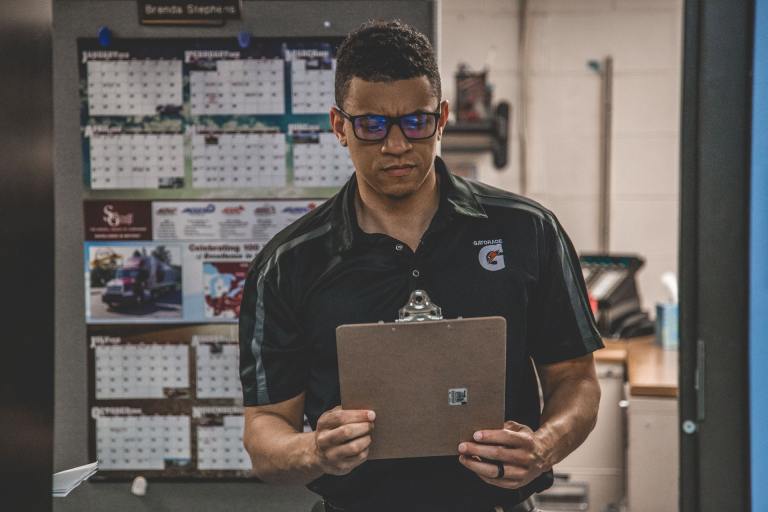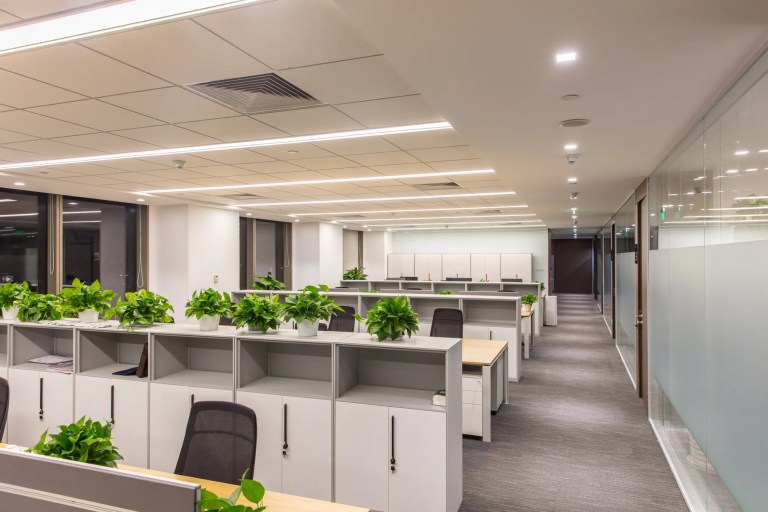ABYC A-6-2023: Refrigeration and Air Conditioning Equipment

While boating is often about enjoying fresh air on deck, air conditioning can drastically enhance your boating experience particularly in warmer or humid climates and if you spend the night aboard. ABYC A-6-2023: Refrigeration and Air Conditioning Equipment covers specifications for refrigeration and air conditioning equipment on boats.
What Is ABYC A-6?
ABYC A-6-2023 addresses the design, construction, and installation of refrigeration and air conditioning systems on boats. This standard applies to systems utilizing mechanical gas compression for cooling, heating, dehumidification, and refrigeration on boats.
How Does Marine Air Conditioning Work?
All air conditioners work by using heat exchange, but there is a key difference between the home and marine units. Marine air conditioners, unlike their land-based counterparts, utilize water from the sea or lake to cool (as opposed to only using air). This closed-loop system involves a compressor, condenser, expansion valve, pump, and evaporator working together to absorb heat from the boat’s interior and transfer it to the surrounding seawater.
- Compressor – circulates the refrigerant, which is essential for the cooling process. It does this by compressing low-pressure, gaseous refrigerant into a high-pressure, high-temperature state.
- Condenser – removes heat from the compressed refrigerant, turning it from a high-pressure gas to a high-pressure liquid. This heat is then transferred to the surrounding seawater, cooling the refrigerant and preparing it for the next stage of the cooling cycle.
- Expansion valve – regulates the flow of refrigerant into the evaporator, ensuring efficient cooling. It reduces the pressure and temperature of the high-pressure liquid refrigerant coming from the condenser, allowing it to absorb heat and cool the air inside the boat’s cabin.
- Pump – maintains steady flow of cooling water (typically seawater) in the AC system. This process removes heat from the boat’s interior, making the system work efficiently to maintain a comfortable temperature.
- Evaporator – cools the air inside the boat by absorbing heat from the air and transferring it to the refrigerant. It is essentially a heat exchanger where the liquid refrigerant turns into a gas, absorbing heat in the process.
Evolution of HVAC on Boats
The industrial revolution sparked major advances in the shipbuilding industry. This included the arrival of electricity enabled mechanical ventilation via electrically driven fans. Before, boats relied on natural ventilation that consisted of open hatches, ports, and wind; they utilized manual cooling that consisted of shade structures, awnings, fans, and water-soaked canvas were common.
In the early 20th century, the first modern cooling machine (i.e., an electrical air conditioning unit) was produced. This led to the creation of HVAC aboard a vessel, which initially was used to keep meat and other perishable goods fresh on long voyages. In 1931, public rooms on boats became air conditioned, and over time, many vessels became completely air-conditioned.
Today, marine HVAV is crucial for maintaining a comfortable and safe environment for both crew and passengers, as well as for preserving cargo.
ABYC A-6-2023: Refrigeration and Air Conditioning Equipment is available on the ANSI Webstore.






